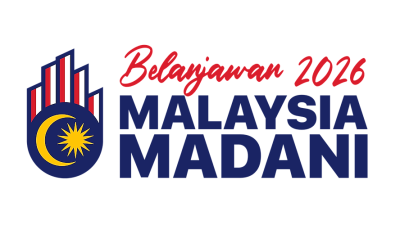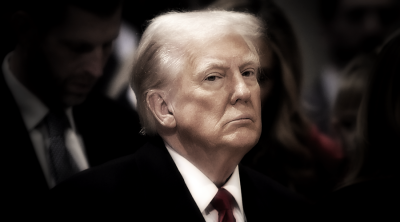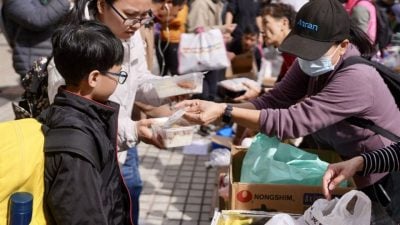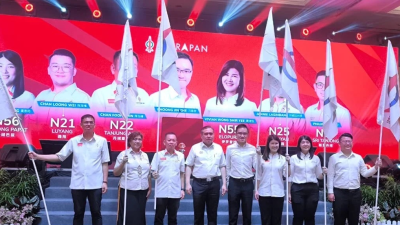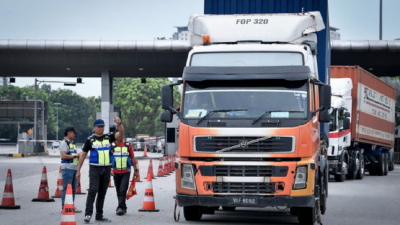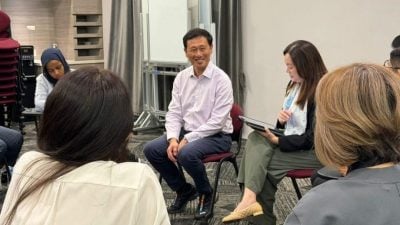
Malaysia’s losses to corruption have been amassing.
An important part of the new economic direction for Malaysia’s economy, the plan should include first and foremost a credible and effective framework to finally curb corruption at every level of society.
EMIR Research recently undertook a rigorous research exercise based on the best available research methods and publicly reported data points (local and global) to derive some reasonable and, in fact, frugally conservative estimates to one of the most daunting numbers — economic loss to corruption and leakages by a nation (refer to Malaysian monetary loss to corruption and leakages – RM4.5 trillion over 26 years and Malaysia’s RM4.5 trillion losses to corruption, leakages — it is time to TRAC).
As shocking as the RM4.5 trillion figure can be, we must also acknowledge that many indirect costs of corruption are bound to remain immeasurable and unaccounted for, as corruption does more than anything else to destroy the various central relationships needed for peaceful, harmonious development — it undermines the very glue that holds society together. It is often at the root of political dysfunction and social disunity.
It is understandable, therefore, that there is a close connection between corruption and identity politics, as supported by theory, empirical evidence, and logic.
These two harmful phenomena rely on each other to infiltrate and establish themselves in society, leading to a bleak future for the nation.
Identity politics and corruption — twin evils
Global data suggests an intimate relationship between corruption and identity politics. As Figure 1A illustrates, the least corrupt nations also appear to be the least divided and vice versa.
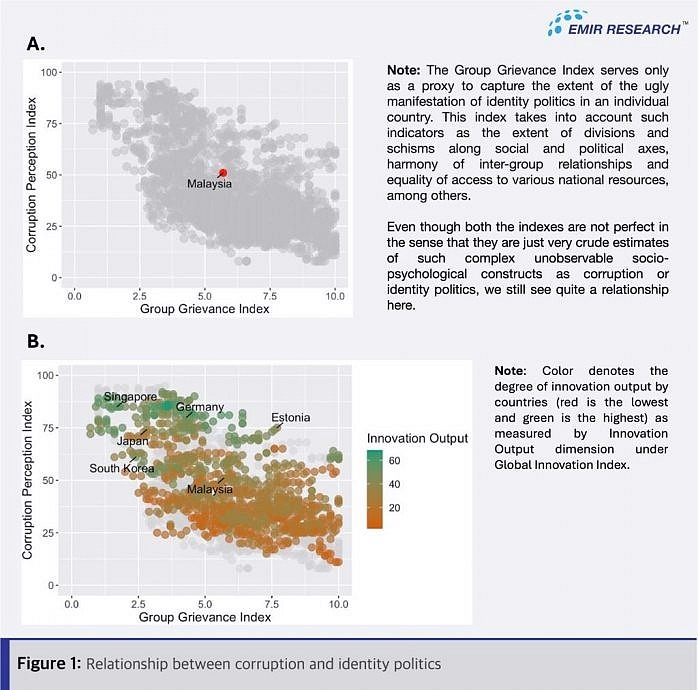
We do not know the direction of this relationship, but it is logical to expect a reciprocal relationship.
When one identity group enjoys greater power over important decision-making channels, this opens the door for this group to explore ways of reaping the benefits of such an advantage as bribe-takers.
While the other group, feeling hopeless about going through the formal system, resorts to unofficial channels of influence and become bribe-givers.
In its turn, falling victim to extortion and other corrupt practices invokes grievance (including the grievance that one’s own group does not rip the benefit of it).
This feeling of grievance feeds the identity politics sentiment again.
In other words, the symbiotic relationship between corruption and identity politics is a vicious cycle.
However, we must clearly understand how much we are putting at stake by apathetically remaining within this vicious cycle.
It is our national future that is lost and forsaken in this brutal political struggle to access power and public assets.
To illustrate this idea, Figure 1B literally adds some colors to Figure 1A — most countries superior in terms of their innovation output are concentrated in the left-hand side upper corner of the graph.
A nation’s unity and rectitude literally determine its altitude, as these traits on a national scale appear to be the only conducive environment to foster innovation—the sole engine of a nation’s economic growth and development.
Quite symbolically, Malaysia is right in the middle of this graph, as if at a crossroads. We face a serious existential choice to make.
Will we allow identity politics, together with corruption, to overshadow all other shared national interests? Or will we choose to mobilize our national effort and eradicate twin evils at every level?
Digital economy to fight corruption
Global data also supports the strong association between the high digital evolution of the economy and low corruption (Figure 2).

It is helpful to visualize the core enablers of corruption in the form of the well-known “formula of corruption”: Corruption = Monopoly (or/and intermediation) + Discretion – Accountability.
Therefore, it is clear that (1) the removal of monopolies or intermediaries, (2) the removal of absolute discretion in making choices by decision-makers and (3) effective mechanisms of accountability would be needed to combat corruption.
And this is where the 4IR-powered digital economy is a perfect tool to fight corruption (Figure 3), or we should say almost perfect, and we will shortly see why.
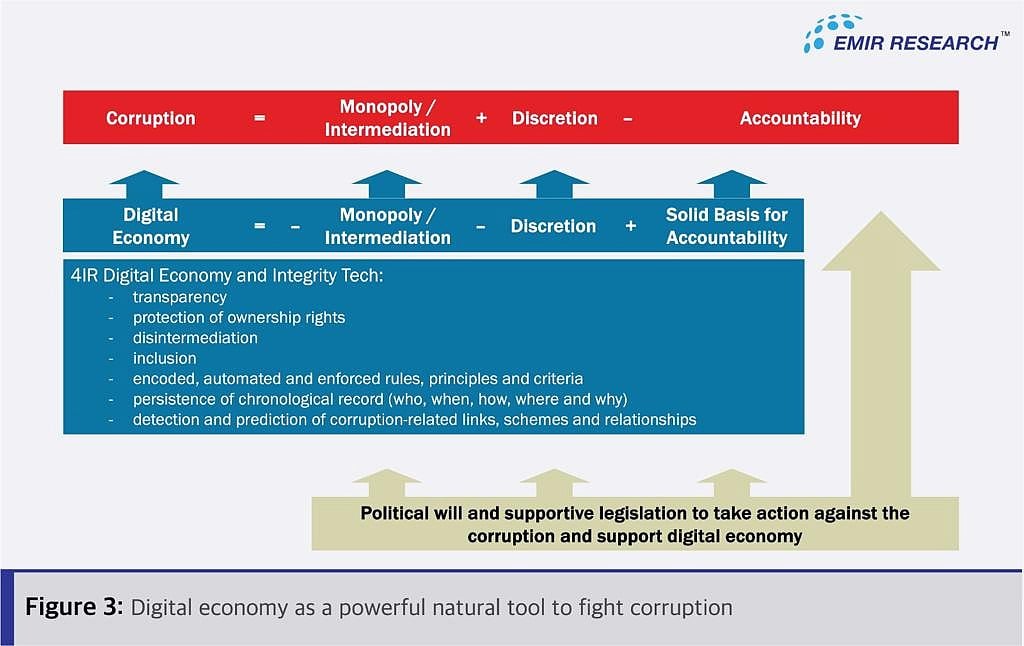
The introduction of 4IR technologies in all spheres of life brings about: transparency; protection of ownership rights; disintermediation; inclusion, encoded, automated and enforced rules, principles and criteria; persistence of chronological record; and also detection and prediction of corruption-related links, schemes and relationships.
All of these mechanisms, if applied at scale in public and private sectors in an economy, can eliminate a large chunk of abuse through monopoly or intermediation and leave very little room for personal human discretion.
The same powerful forces provide a solid basis for accountability due to the nature of blockchain technology, which securely and transparently records the “who, what, when, how, where and why” and IoT-enabled unbiased data entry.
However, as the last mile (always the hardest), it needs the strong political will to reinforce not only the construction of the digital economy itself but also finally acting on the basis for accountability provided by the digital economy to hold the corrupt responsible.
The relationships between the digital economy, political will and corruption can create a virtuous cycle (Figure 4).
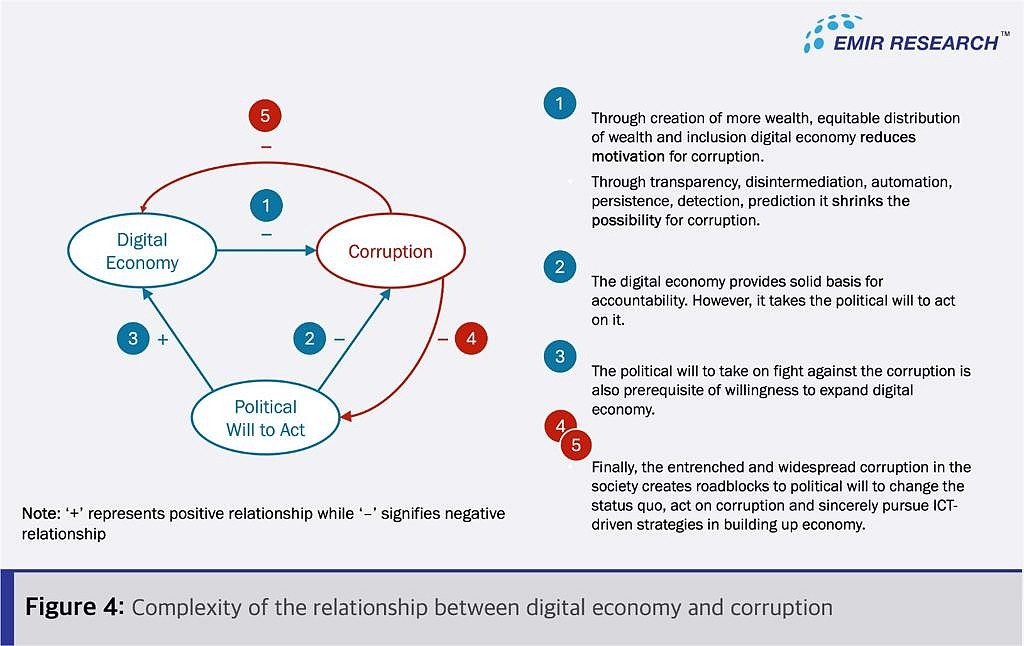
First, by creating more wealth, equitable distribution of wealth and inclusion, the digital economy reduces motivation for corruption.
At the same time, through transparency, disintermediation, automation, persistence, detection, and prediction, the digital economy shrinks the opportunity for corruption.
Also, as mentioned, the digital economy provides a solid basis for accountability, but it takes the political will to act on it.
Therefore, the political will to fight against corruption is also a prerequisite for low corruption and the willingness to expand the digital economy in the first place.
However, the entrenched and widespread corruption in society creates counter forces of the vicious cycle.
Well-entrenched corruption creates roadblocks to the political will to change the status quo, act on corruption and sincere desire and commitment to pursue ICT-driven strategies in building up the economy.
When talking about how integrity-tech impacts corruption, most academics and practitioners focus mainly on the e-government concept.
E-government is, of course, one important aspect of the overall digital economy. However, interestingly, if we plot the E-Government Development Index against the Corruption Perception Index, we would not see a very clear and consistent relationship, except for top-performing countries (Figure 5).
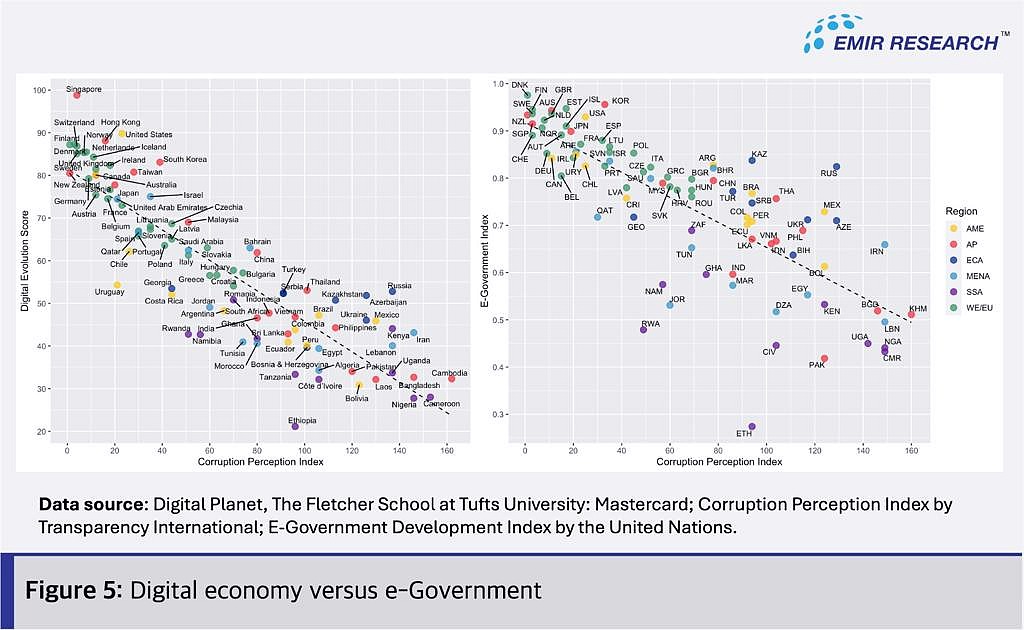
What does this suggest?
Those countries at the bottom (Figure 5) might be doing the digitalization of the government but not wholeheartedly (lack of political will). Therefore, they might have an E-Government or its elements, but the corruption continues not only in the government but elsewhere in the economy.
This interesting empirical observation supports the idea of a virtuous cycle between the digital economy, corruption and political will.
Not surprisingly, when we analyze the top least corrupt countries according to the Corruption Perception Index, we can clearly notice that what differentiates them from their counterparts is the broader application of the integrity tech in their economies and not just in the government sector.
Framework to fight corruption at every level of society
EMIR Research come up with the framework to fight corruption at every level of society, envisioning Malaysia as a society with zero tolerance for corruption and abuse of power or authority led by leaders with high moral-ethical integrity in a democratic ecosystem which upholds justice, equity and shared prosperity.
The framework addresses two sides or dimensions of corruption in society — an individual human element and a system/mechanism in society to curb corruption.
To fix a human element, the framework puts forward two missions.
The first mission is to produce nationwide human transformation towards sensitivity and zero tolerance for corruption.
The goal of this mission is to increase public consciousness and abhorrence of corruption’s existence, its evil nature, harms, and ways to prevent, fight and eliminate it. This is achieved through such objectives (or initiatives) as:
■ Reinforcing moral values and principles from the grassroots through transformation and reformation of the formal and non-formal education systems (from primary to tertiary).
■ Reinvigorating and protecting the active role of mass media as the fourth estate in stimulating and guiding public debate and open discussion on corruption and other social evils, i.e., shaping public opinion and
■ Anti-corruption training for various target groups.
The second mission to fix a human element dimension is to foster national unity to eliminate corruption in all its forms.
The goal of this mission is to introduce and promote mechanisms that engender unity and spiritual involvement in the task of national progress (national security issues, national agenda).
This is achieved through such objectives (or initiatives) as:
■ Empowering the National Unity Ministry as one of the core ministries to foster an integrated and united ecosystem.
■ Establishing National Anti-Corruption Coordination Centre as a unity alliance whereby it brings together all the stakeholders, including peoples’ alliance, to manage the efforts across all four pillars of this initiative.
■ Establishing a National Unity and National Dignity Select Committee in the Parliament.
■ Active role of mass media in promoting, forging and highlighting the urgency of national reconciliation.
To introduce effective mechanisms/systems in society to curb the corruption the framework puts forward two missions.
The first mission is to address equity in opportunity and radical transparency in decision-making.
The goal of this mission is to increase radical information transparency at various levels of society using 4IR and conceptual technologies.
This is achieved through such objectives (or initiatives) as:
■ Streamline, automate, and introduce maximum openness and radical transparency in all administrative processes using 4IR technologies.
■ Active role of mass media as a moral agent as well as responsible whistle-blower in disclosing important information to the public as a result of its independent investigative journalism or advocacy.
■ Use of 4IR tech for 360° public screening and assessment for those who hold power and authority in public and private sectors as an important input to the decision of appointment and extension of their service.
■ Institutionalize Input-Output-Outcome-Impact model at every level in public sector.
The second mission is to strengthen and introduce more effective anti-corruption laws. The goal of this mission is to promote the evolution of a political culture and institutional environment in which politicians, policy-makers and enforcers are incentivized to implement and enforce anti-corruption ethics and laws.
This is achieved through such objectives (or initiatives) as:
■ Enhance the law to ensure effective measures are in place on the basis of the principles of competency, meritocracy, accountability and radical transparency.
■ Address media freedom/independence by amending the relevant laws and thereby affording greater protection for public discourses and disclosures.
■ Continuous revision and improvement of anti-corruption laws to make them resilient in meeting the dynamic exigencies of the time and adapt to current developments.
■ Reforming political funding laws to ensure political parties do not continue to be channels of vested interests both internal and external subversion and corruption.
■ Introducing corruption-free certification of ISO type as a part of the legal reforms in the short- to medium-term as incentives-based and in the long-term as mandatory.
■ Establish Truth, Recovery and Amnesty Commission (TRAC).
(Dr. Rais Hussin is the CEO of EMIR Research, an independent think tank focused on strategic policy recommendations based on rigorous research.)
ADVERTISEMENT
ADVERTISEMENT







